Tracking metrics is crucial for evaluating the effectiveness of your Web3 marketing initiatives. By doing so, you can obtain valuable insights and identify areas that require enhancement.
If you want to gauge the effectiveness of your campaigns, you should keep an eye on these key metrics:
Conversion Rate: This metric measures the percentage of people who take a desired action after seeing your campaign. For example, if your goal is to get people to sign up for your Web3 service, you can measure the number of sign-ups generated by your campaign. A higher conversion rate indicates a more successful campaign.
Example: Let’s say you run a Web3 app that allows users to store and exchange digital art. Your marketing campaign promotes the app’s ease of use, security features, and benefits for artists. If the campaign generates 100 sign-ups and 20 of those users upload the artwork to the platform within a week, your conversion rate would be 20%.
Engagement Rate: This metric measures the level of interaction your campaign receives. This includes likes, comments, shares, retweets, or any other form of engagement. A higher engagement rate indicates that your campaign is resonating with your audience.
Example: You’re promoting a Web3 game that allows players to earn cryptocurrency by completing tasks. Your social media campaign includes a video trailer, screenshots, and game updates. If the campaign generates 500 likes, 200 comments, and 100 shares, your engagement rate would be 16% (800 engagements / 5,000 reach).
Website Traffic: Measuring the traffic generated by your campaign can provide insight into how much interest and attention it’s generating. You can track the number of visitors to your website or landing page to gauge the effectiveness of your campaign.
Example: You’re running a Web3 crowdfunding campaign to support a new decentralized social network. Your campaign page includes a video pitch, rewards for backers, and details about the project. If the campaign generates 5,000 visits to your page, you can analyze where the traffic is coming from, which rewards are most popular, and how long visitors are spending on the page.
Social Media Engagement: The level of interaction and engagement that a brand’s social media content receives, such as likes, comments, shares, and mentions, defines social media engagement. This metric is crucial in providing valuable insights into brand awareness, customer sentiment, and the effectiveness of social media strategies.
Conversion Rate: This is a vital metric for businesses, measuring the percentage of website visitors who complete a desired action. It helps identify underperforming pages and improve user experience while providing insights into customer behavior and preferences to tailor marketing strategies.
Return on Investment (ROI): This metric measures the financial return on your marketing investment. You can calculate ROI by dividing the revenue generated by your campaign by the amount spent on the campaign. A higher ROI indicates that your campaign is generating more revenue than it costs.
Brand Awareness: Measuring brand awareness can be done through surveys or by tracking social media mentions and shares. Increased brand awareness indicates that your campaign is successfully raising awareness of your Web3 brand.
Example: You’re promoting a Web3 browser extension that allows users to browse and interact with decentralized applications. Your campaign includes guest posts, influencer collaborations, and social media ads. If you see a significant increase in social media mentions, brand searches, or direct traffic to your website, you can infer that your campaign is raising brand awareness.
User Acquisition Cost (UAC) \ or Customer Acquisition Cost (CAC): This metric measures the cost of acquiring a new user through your campaign. You can calculate UAC by dividing the total cost of the campaign by the number of new users acquired. A lower UAC indicates that your campaign is more cost-effective.
Example: You’re promoting a Web3 wallet app that allows users to securely store and manage their cryptocurrency. You spend $10,000 on a referral program that rewards users for inviting their friends to download.
In conclusion, measuring the success of your Web3 marketing campaigns is essential to ensuring that your efforts are producing the desired results. Tracking these metrics offers invaluable insights into the effectiveness of your strategies and highlights where adjustments are necessary to thrive in a constantly evolving environment. Remember that different campaigns may require different metrics, so it’s important to identify your goals and choose the appropriate metrics to track. With a data-driven approach, you can optimize your Web3 marketing campaigns and drive success for your business in the exciting world of Web3.
If you want to learn more about Web3 marketing and how to achieve the best results for your business, follow us for expert content from AroundB Agency. Our team with over 7 years of experience in crypto marketing can help you navigate the rapidly-evolving world of Web3 and create effective campaigns that drive success.
And if you’re ready to take your marketing to the next level, contact us to become a client and start seeing real results. Let’s work together to achieve your marketing goals in the exciting world of Web3.

